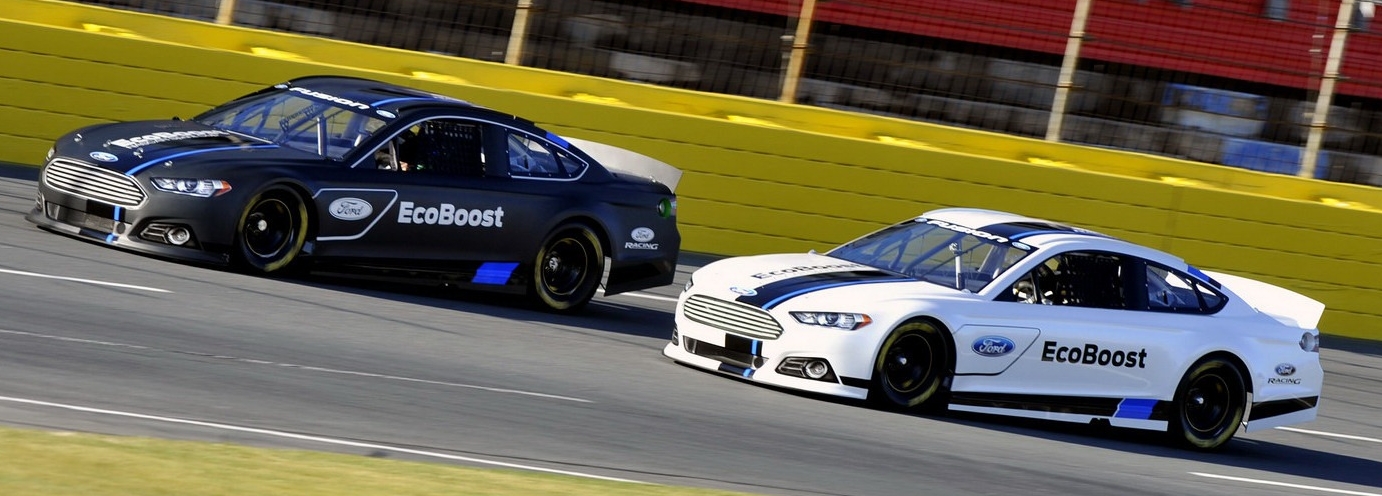NASCAR – exhaust of tomorrow, and further on
Exhaust systems can sometimes be a ‘forgotten component’ in a racing powertrain – some people pay them scant attention when it comes to performance, although they can offer real advantages. In NASCAR, the rules have been stable for a long time, but this does not mean exhaust development has come to a halt. With the introduction by NASCAR of the Car of Tomorrow (CoT) for the top-level Sprint Cup series, and the various developments that have followed, teams have had to look again at the exhausts, and will continue to do so.
Before the CoT, chassis manufacture was less consistent, and this often meant that each individual chassis would require its own bespoke tailpipes. Bearing in mind that any one driver may have had up to 20 chassis at his disposal throughout the year, the outlay for tailpipes alone would be considerable. With the CoT, however, came a reduced tailpipe inventory.
Something else that came with the CoT was a heavier chassis, and many teams struggled to reach the minimum weight limit for the car. This led the teams to consider better quality stainless steels and more exotic materials, specifically superalloys such as Inconel. The excellent high-temperature strength of superalloys allows exhaust systems to be far lighter than if they were made from stainless for the same level of reliability.
Having struggled to meet the minimum weight limit for the initial CoT, the next challenge is to meet the 2013 weight limit, which has seen a 160 lb/73 kg reduction compared to 2012. This will perhaps force teams to look for further weight savings in the exhaust system. Certainly those who are still running stainless will find significant savings by looking at other alloys.
The past few years have been difficult for many people, and motorsport has not been immune from the ravages of austerity. Durability and cost have assumed a new level of importance, and when it comes to exhausts, NASCAR teams have tended to monitor the condition of their exhausts more carefully. In conjunction with improved materials this improved monitoring has been responsible for an increase in the typical life of an exhaust system.
A lot of importance is placed on the routing of the exhaust system, although this is not primarily for engine performance reasons. A well-routed exhaust system may allow improved control arm geometry and/or better underfloor aerodynamics, both of which may be quite potent in terms of reducing lap times.
The recent change in fuel systems for NASCAR Sprint Cup from carburettors to fuel-injected engines gave teams and engine suppliers a lot to think about in 2012. Specifically, they needed to work out how to manage the new electronic fuel injection and how to maintain reliability. With the year of learning over, and a new challenge to tackle in the form of the lighter 2013 cars, we are likely to see a renewed focus on exhaust design. We may even see increased exhaust system development for performance reasons.
 Fig. 1 - The new ‘Generation 6’ Sprint Cup cars are much lighter in 2013, which may lead teams to consider developing lower-mass exhausts
Fig. 1 - The new ‘Generation 6’ Sprint Cup cars are much lighter in 2013, which may lead teams to consider developing lower-mass exhausts
Written by Wayne Ward